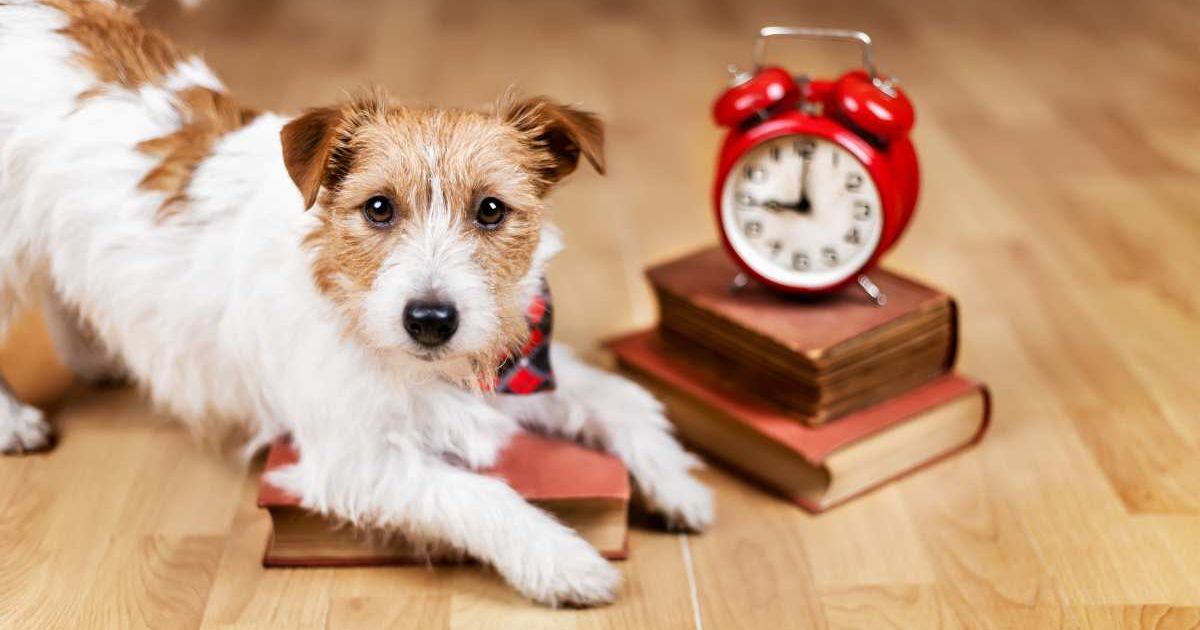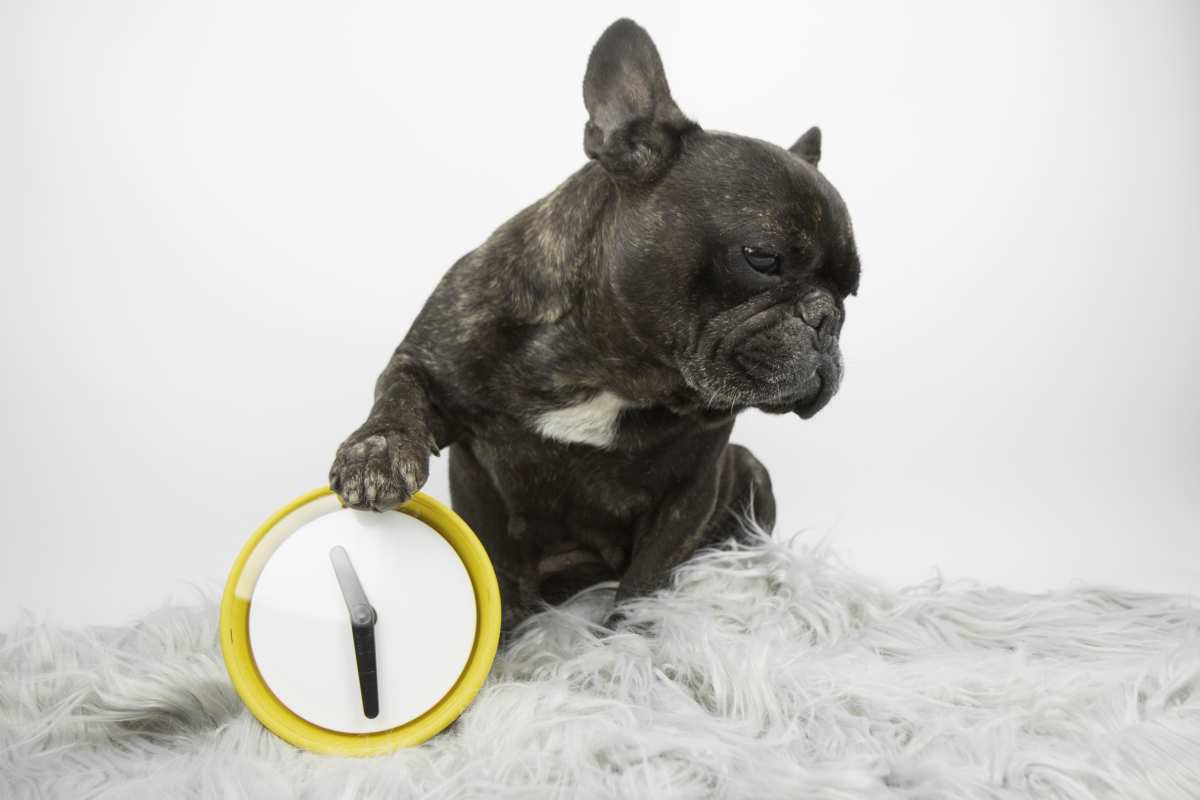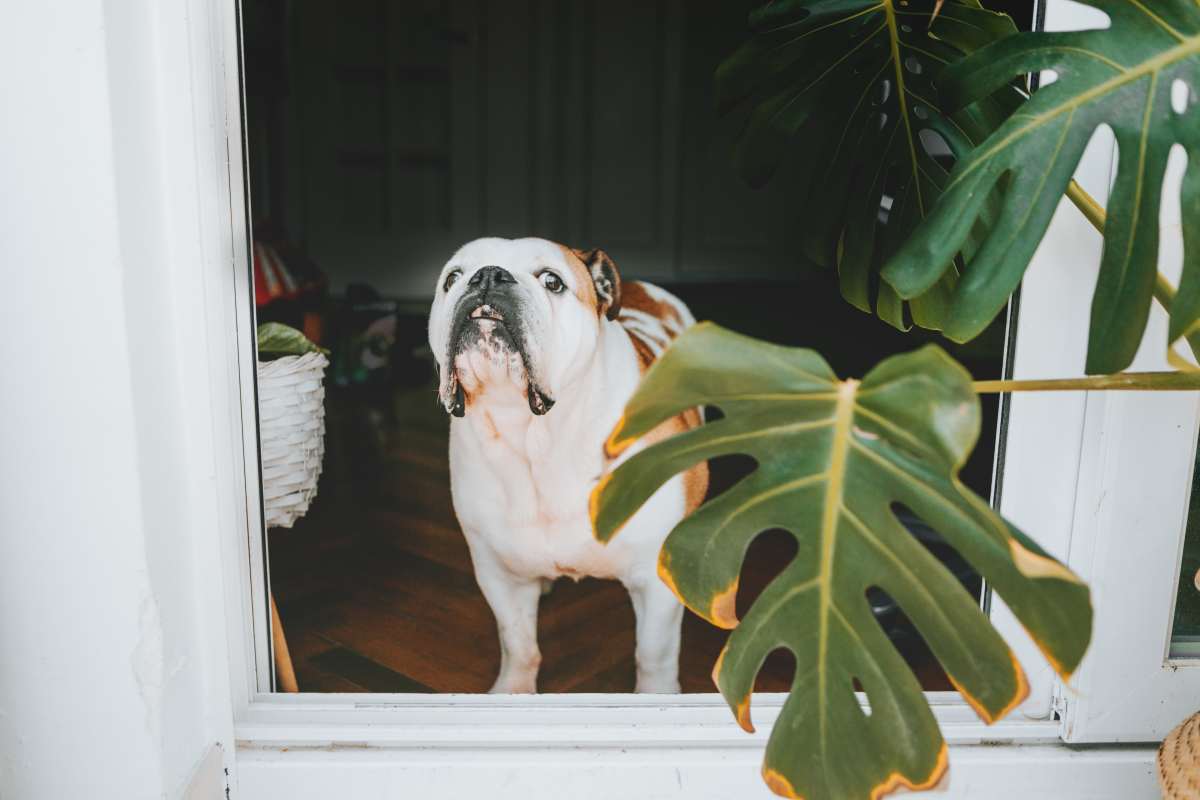How do dogs know when it's 'lunch time'? Study reveals the inbuilt clock in their bodies

As we notice our furry companions always waiting by the door or getting needy the second it's their lunch time, we often find ourselves wondering, 'Can they secretly read the clock?' Since we know there is no truth to this, we tried to decipher the real reason behind these canines always being so perfectly timed. As reported by Doggodigest, while dogs can't read clocks, they do have an incredible sense of routine.

They carry internal body clocks, similar to humans, called circadian rhythm. It helps them keep track of time based on light, scent, sounds, and even our behaviors. According to a report, these diurnal circadian rhythms also make dogs most active during the day, while encouraging rest and sleep during nighttime hours, just like humans. However, dogs don't just sleep once during the day; they take several naps. On average, dogs sleep for about 43% to 60% of the day, and around 20% to 36% of that sleep is deep, dream-like sleep (REM sleep).

Coming back to how dogs seem to tell time, it is also largely due to their strong emotional and scent-based memories, which help them associate daily routines with specific times of day. A study found that dogs use their sense of smell to help remember things, similar to how certain smells can trigger memories in humans. This suggests that scents play an important role in how dogs think and feel, especially in remembering emotional events. For example, a dog may start waiting by the door around mealtime, as it associates the smell of cooking or daily sounds like the fridge opening with being fed.

Another research paper explored whether dogs have episodic memory, which means remembering past events even when not expecting to. Using a version of the “Do as I Do” method, dogs were first taught to imitate human actions. Then, they were trained to expect a different task, so they wouldn’t anticipate needing to imitate. Later, researchers surprised them by asking them to copy the earlier action. Dogs were tested after short (1-minute) and long (1-hour) delays and were able to recall the actions, though their memory faded with time. This episodic memory is another factor that helps them tell time through their body.
Since these four-legged animals are known for sticking to a daily routine, any sort of change in their behavior should be noted. According to Doggodigest, if a pet does not seem excited for regular activities or walks, it may be a sign that something's wrong, possibly illness, stress, or age-related changes. Shifts in appetite, energy levels, and bathroom routines shouldn't be ignored. As reported by a study, one of the main ways animals show they are in discomfort is through changes in their behavior. This can include stopping normal activities like playing, walking, resting, or eating.